The T-Boy Society of Film and Music’s recent poll is devoted to Domestic Bucket List Destinations. No doubt you’ll be both surprised and educated by our illustrious team of writer’s selections. I know I was.
Curated by Ed Boitano
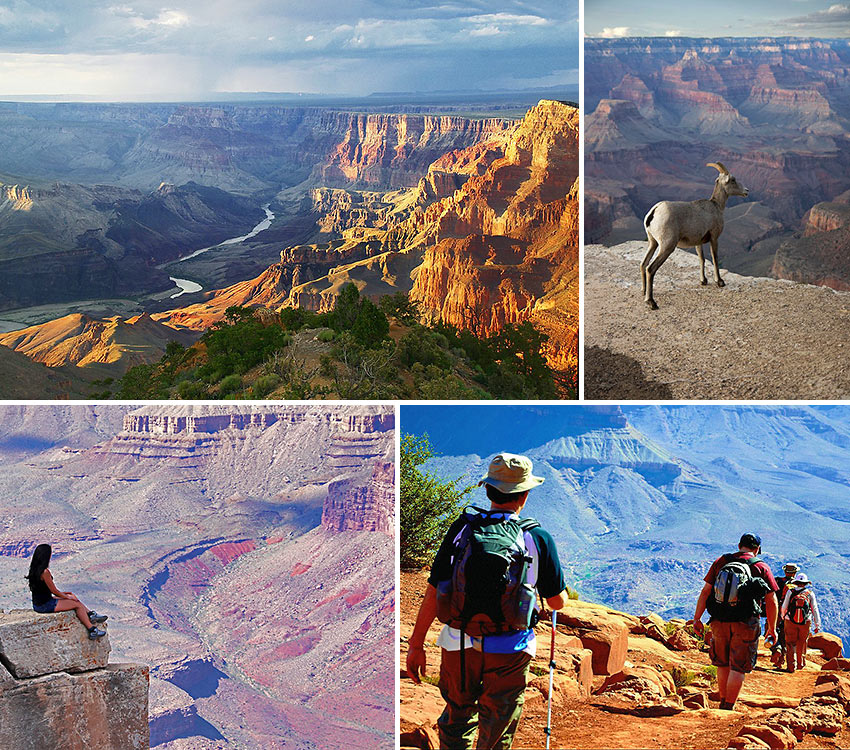
Richard Carroll — T-Boy writer:
The Grand Canyon
I very much have the yearning to hike the Grand Canyon again to enjoy the rocky switch-back trail that leads to the bottom of this incredible national park where the Colorado River is cutting an ageless path leaving in its wake a lasting mark. The fast-moving river was a convenient but treacherous highway for American trappers, mountain men, explorers, Native Americans, and later fun-loving rafting aficionados. The problematic river with tales to share includes the heart-break and disillusionment of the unknown when explorers with overloaded boats had no idea of the advancing challenges.
Throughout my visit I would spend time to fully appreciate the million years of geological history embedded in the towering walls, to understand that the Pueblo people and other Native America tribes have existed in the Canyon when the United States was just a jagged blob on European maps, and that some Native America’s to this day believe the Grand Canyon is a holy site. I would encompass a few leisurely days in the park with notebook and pin in order to fully appreciate the lingering sunsets, the merging colors, and irregular shadows that quickly transpose the massive landscape from a deep red to pastels. I recall the flickering and fading light touching on fantastic shapes, setting the mind’s eye to run wild. The Grand Canyon is both a scenic and historic jewel and on my next encounter I hope to be firmly enlightened.
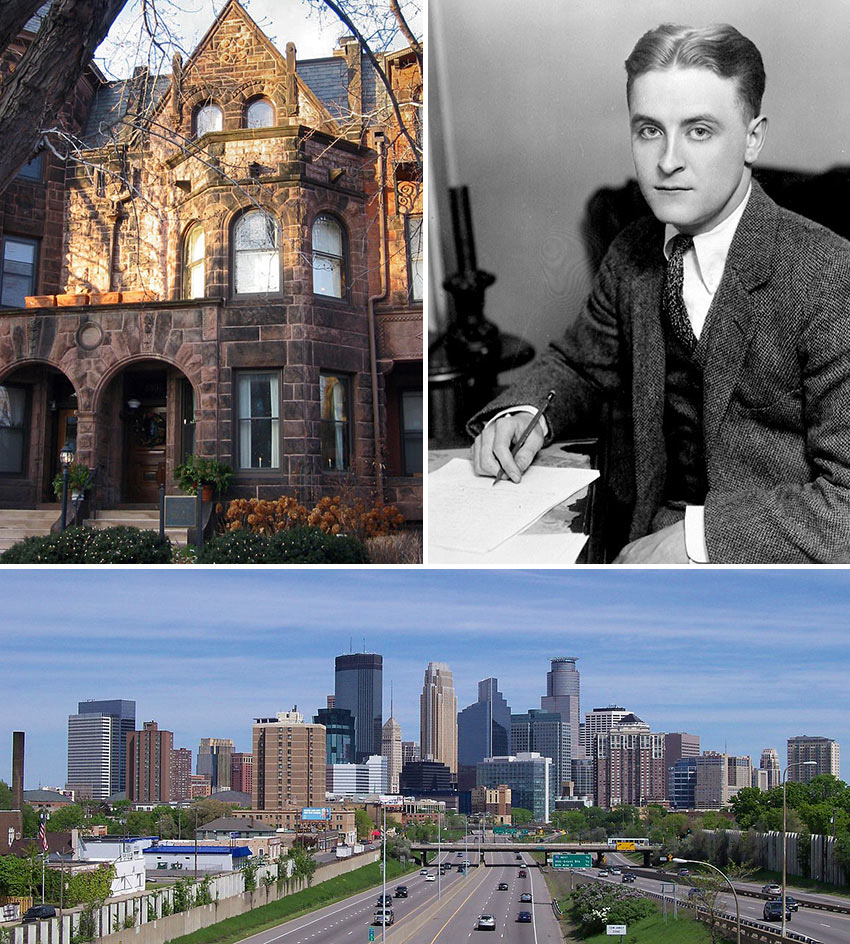
Ed Boitano — T-Boy editor:
Twin Cities: Minneapolis and Saint Paul
A quick study revealed that the distinct urban cultures of Minnesota’s Twin Cities: Saint Paul and Minneapolis, sit apart by a mere seven-mile-long football pass – that is if the pass was thrown by Minnesota Vikings’ quarterback Fran Tarkenton. Built around the confluence of the Mississippi and Minnesota rivers, St. Paul is considered the last city of the East, Minneapolis the first city of the West. Saint Paul is renowned for quaint neighborhoods of well-preserved late-Victorian architecture, while the more populated Minneapolis is considered a modern city with a relatively young downtown and trendy uptown. Saint Paul is also the state capital and the birthplace of writer F. Scott Fitzgerald. His family home, described as a simple brownstone row house, is where he wrote his first published novel, This Side of Paradise, to prove that he would able to support the wealthy Alabama southern belle Zelda Sayre who would eventually become his bride.
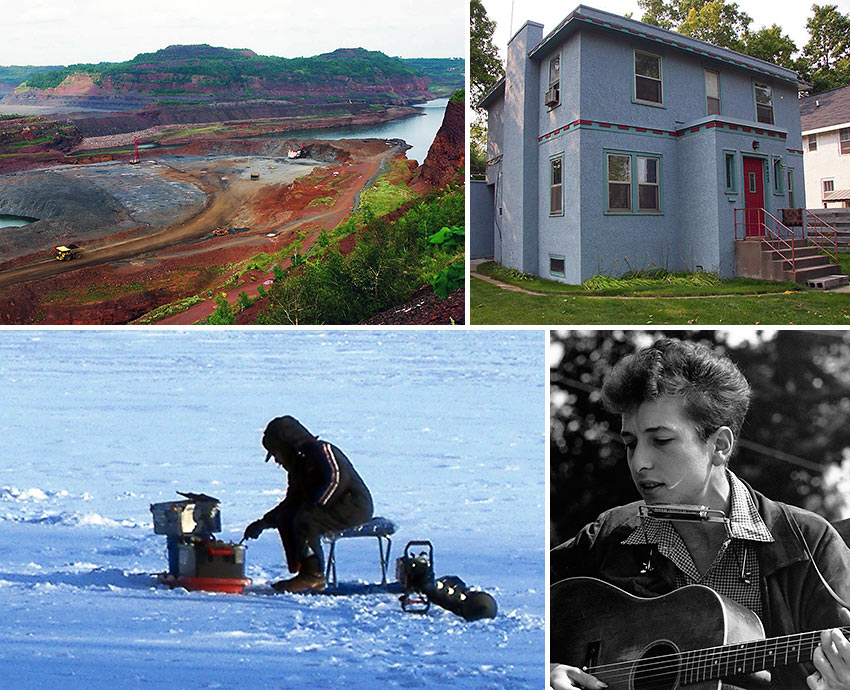
Despite the blistering months of cold and snow, a car journey to Duluth would be in order to see the birth home of Robert Zimmerman (Bob Dylan, 2016 Nobel Prize in Literature). This would be followed by trip north and longer stay at Hibbing, where Dylan (Zimmy to friends), lived during his informative years from ages six to eighteen. Hibbing is famous for its Dylan heritage sites, which includes his family’s modest home, and also the site of the world’s largest iron ore mine. Why winter? For an ice fishing experience. After all, isn’t this the state of 1,000 lakes (actually 14,444 lakes). Imagine fishing in an ice hole in the comfort of a warm fishing shack, compete with a little stove, chairs, food and drink, and with Dylan songs on my phone and Fitzgerald’s This Side of Paradise in my hand. I guess a fishing pole would be in my other.
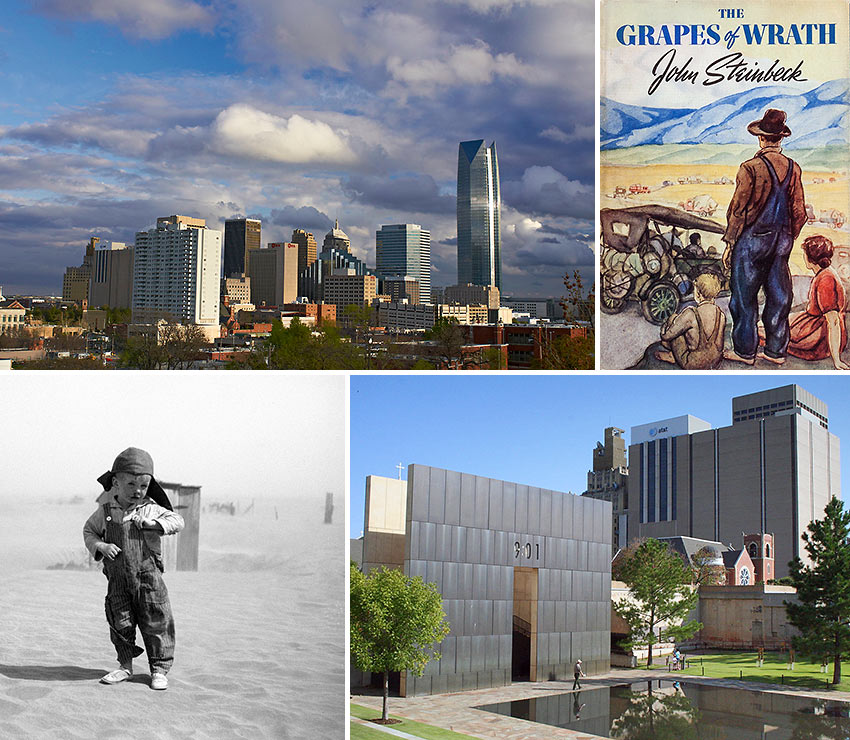
Ringo Boitano — T-Boy writer:
Oklahoma City
Often times in the past I would join press trips to places I’d never been or would probably never visit when it was on my own dime. This was true with my experience in Tulsa, Oklahoma and the Cherokee Nation. I had an ignorant west coast conception that the entire state was one big dust bowl, based on Steinbeck’s novel, The Grapes of Wrath and John Ford’s film adaptation. I was proven wrong; the Tulsa area was fresh, green and vibrant, and I learned much at the very progressive Cherokee nation. On my flight to Seattle, I thought of an old NPR broadcast at the time of the Oklahoma City terrorist bombing of the Alfred P. Murrah Federal Building on April 19, 1995. Carried out by Timothy McVeigh and Terry Nichols, the bombing killed 168 innocent people and injured more than 680 others. The broadcaster spoke of the emotional texture of its people; it went something like this: Very little happens in Oklahoma City that evokes national coverage from the press. The people are used to this lack of attention, but at time of the bombing its citizens displayed resilience, strength and empathy to one another.
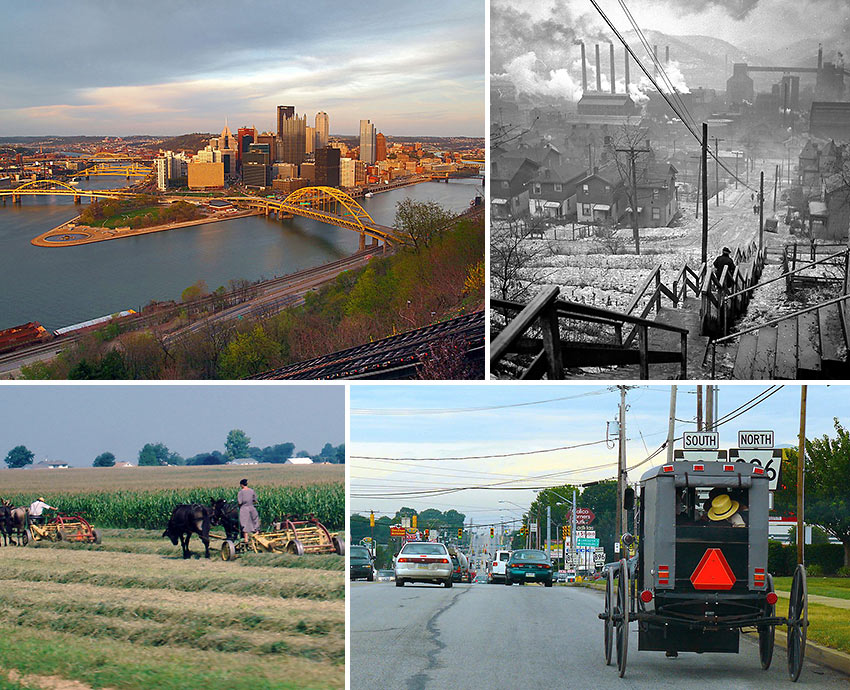
Phil Marley — Poet:
Road Trip: Philadelphia to Pittsburgh
James Carville famously described Pennsylvania politically as Philadelphia in the East, Pittsburgh in the West, and Alabama in the middle. But why Alabama? Apparently, it’s due to this part of Pennsylvania’s mountainous central area is known as the Appalachian region where its local people and culture are politically more of the conservative kind than the urbanized East and West. The Appalachian region will be part of the landscape I plan on passing as I depart Philadelphia in my rental to Pittsburgh, the ancestral home of my friend, David. No doubt a stop in Pennsylvania Dutch Country (from German Deutsch), famous for its productive green farmlands, thanks to the Amish and the Mennonites, will be in order. I’ll have only half a day for Gettysburg National Military Park; for Steel Town is my goal of and I had planned on seeing as much of it as I could in two-days. David has gushed about his city of 446 bridges, more than Venice, Italy, and its three rivers: the Allegheny River and Monongahela River united at Point State Park to form the Ohio River.
I’ve read that Pittsburgh’s ethnic enclaves are slowly disappearing since David’s departure, but still exist with the Germans of Millvale, Italians of New Castle, Slovaks of Munhall, Hungarians of Hazelwood and Ukrainians of the South Side. Plus, there’s hills galore to climb with magnificent views of the city to see.
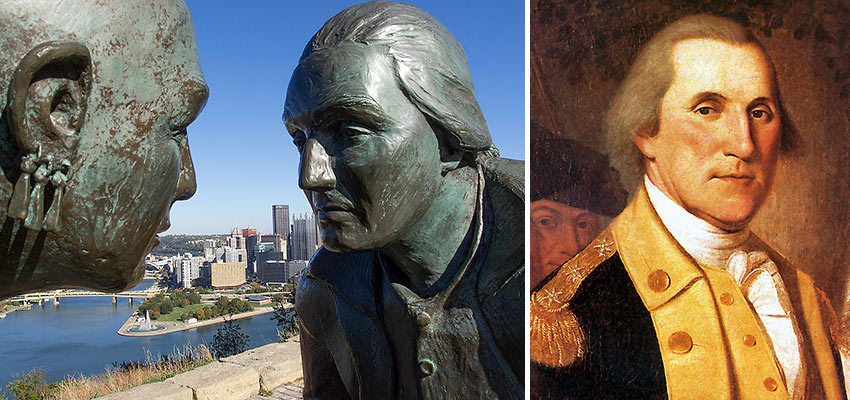
During a much earlier trip to what would be become Pittsburg’s Point State Park, Lieutenant George Washington of the Virginia militia, negotiated with the French during the French and Indian War of 1753. He wrote about Point State Park in his journal.
As I got down before the Canoe, I spent some Time in viewing the Rivers, and the Land in the Fork; which I think extremely well situated for a Fort, as it has the absolute Command of both Rivers. The Land at the Point is 20 or 25 Feet above the common Surface of the Water; and a considerable Bottom of flat, well-timbered Land all around it, very convenient for Building: The Rivers are each a Quarter of a Mile, or more, across, and run here very near at right Angles: Aligany bearing N. E. and Monongahela S. E. The former of these two is a very rapid and swift running Water; the other deep and still, without any perceptible fall.”
Four different forts were built at the forks of the Ohio within a period of five years. In 1754, French forces captured an outpost known as Fort Prince George at the Point that had been erected by a force of Virginians. George Washington led British forces to recapture the fort, but suffered his first and only surrender at Fort Necessity, 50 miles to the south.
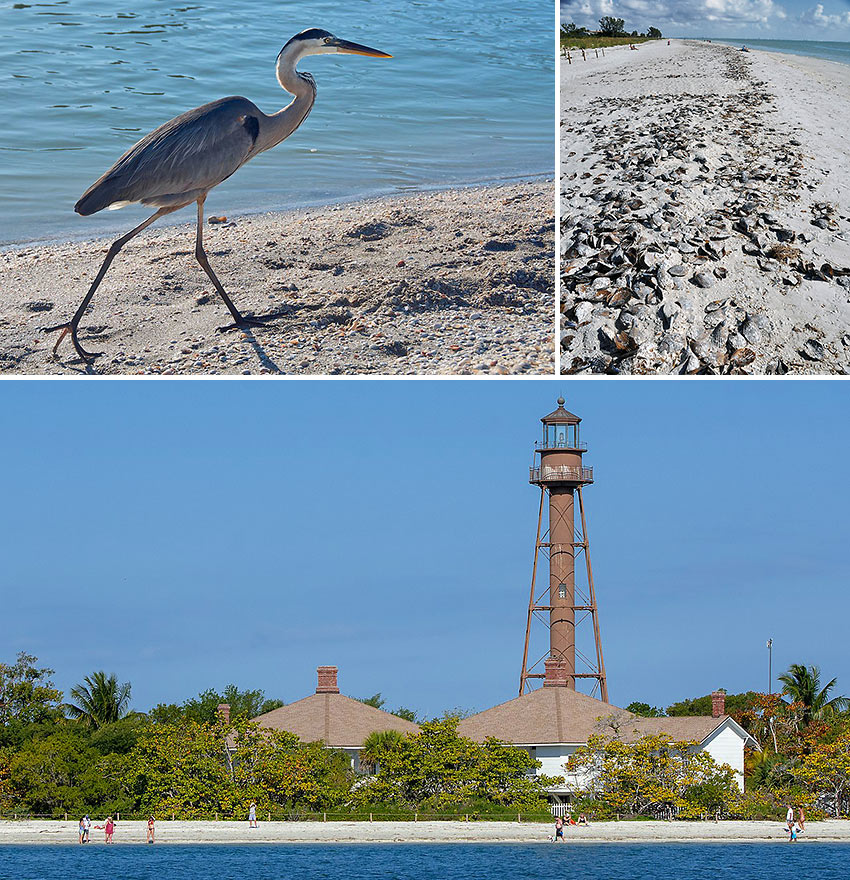
Deb Roskamp — T-Boy photographer and writer:
I have friends who vacation once a year to Sanibel Island, located along the Gulf of Mexico, just a short drive from Fort Myers, Florida. Their enchanting description of its sunsets, lighthouse and beaches harkens to emotional thoughts of calm, peace and rejuvenation. They spoke of the island’s most popular activity known as shelling; Sanibel Island has the 3rd richest seashell beaches on earth. Apparently, you barely can walk a step on the beach without indulging in the so-called “Sanibel Stoop” in search of its shells. Research informed me that the most secluded beach on the island is Bowman’s Beach; there are no hotels in sight and the beach has a “pristine and quiet” atmosphere.
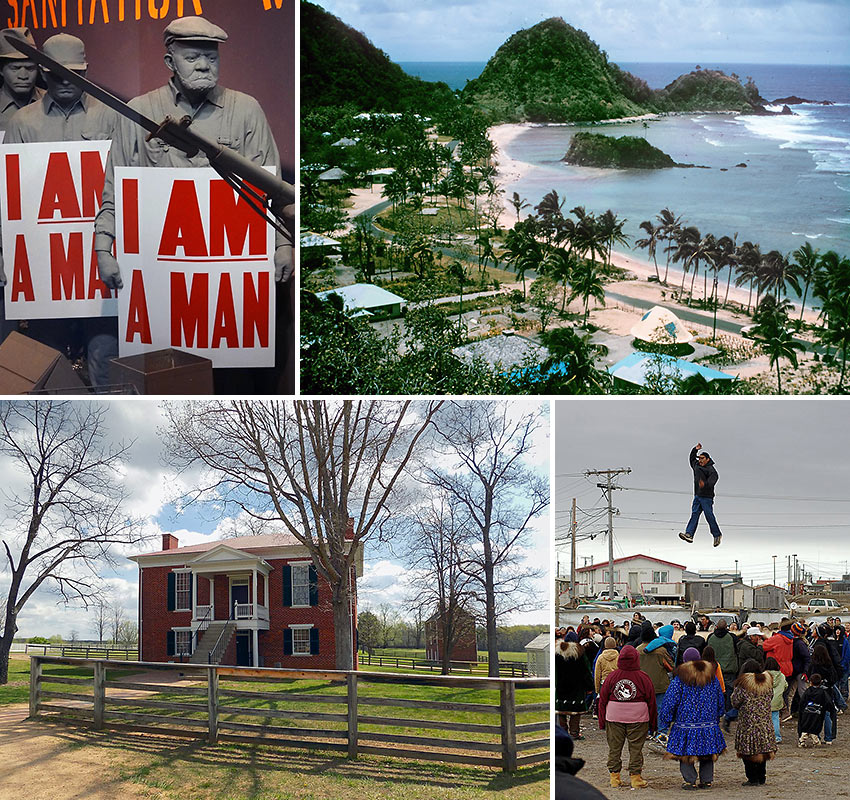
James Boitano — T-Boy writer:
Isle Royale
- Hawaii Volcanos
- Lassen Volcanic
- Gates of the Arctic
US Cities: Just picking 4 random larger cities I have not been to. No particular draw specifically: just that I have not been to them.
- Kansas City, MO & KS
- Wichita, KS
- Little Rock, AR
- El Paso, TX
US towns/Villages
- Barrow, AK (most northern)
- Pago Pago, American Samoa (most southern)
- Derby Line, VT (town divided into two by Canadian border)
Sites
- National Civil Rights Museum, Memphis, TN (where Dr. Martin Luther King was assassinated)
- Appomattox Courthouse, VA (where Civil War Ended)
- Meteor Crater, AZ
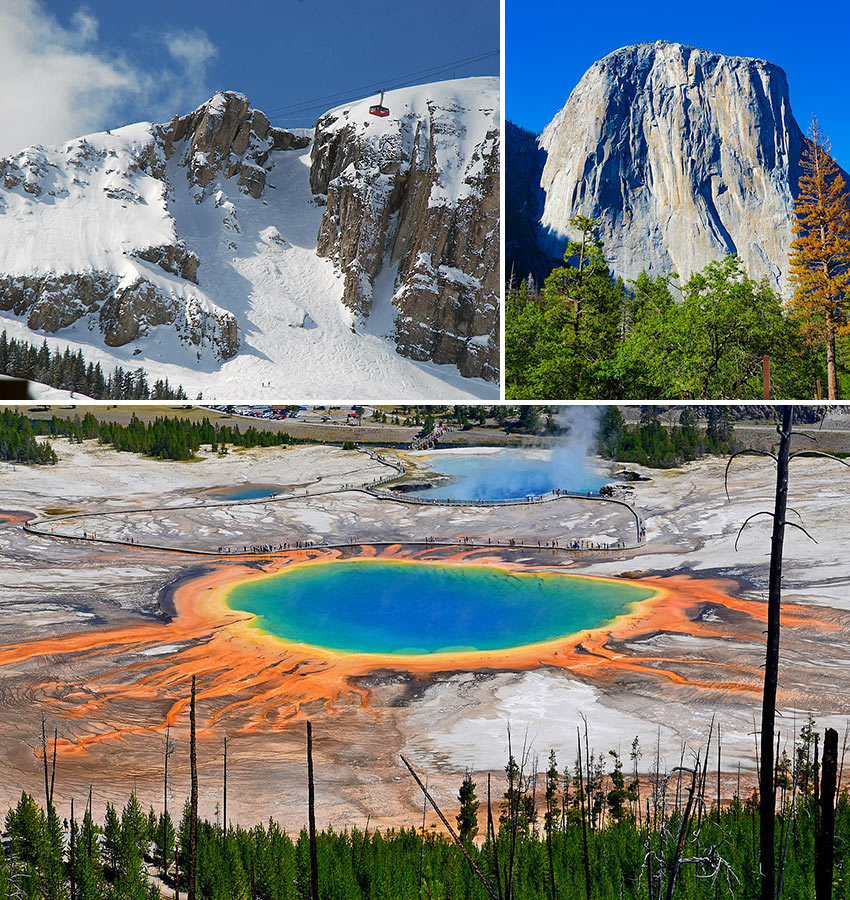
Skip Kaltenheuser — T-Boy writer:
A Bucket List is any trip, anytime, anywhere.
The term “Bucket List” gives me the willies. I’m not ready to strike a bargain, have it fulfilled and shuffle off, none of that “To see Paris and die” stuff, I just want to go on seeing, the list eternal. And I can think of a worse afterlife, the Flying Dutchman finally allowed make any port of call he desires.
But I’ve plenty of domestic locales high up on my wish list for the here and now. Many of them are national or state parks and the environs around them. Some are repeats from when I was young, including places my parents took me that left indelible memories – of places, of them, of my awe. Living in a suburb of Kansas City, we usually headed West in my traveling salesman dad’s Buick of the moment. Car and man joined together as a driving cyborg, or a genie with a bit of flying carpet, gifting an endless flow of national parks and roadside attractions, another day another natural wonder, or two or five.
Many of the roads were pre-Interstate, before fascinating arteries like Route 66 withered, when roadside attractions were still legion. Where water flowed uphill and gravity was iffy. Before the Buick was air-conditioned, summer climate figured in, going across Death Valley at night, though the night sky was still something to gawk at. Kansas could get pretty hot and steamy, so soaking up the cool of the mountains counted. I think we tended to favor the West because we were lucky to have a couple horses we kept in a rented pasture that kept moving outward with the suburban sprawl, and though cowboy was a stretch the image was still internalized, polished up with a Boy Scout’s interest in all things outdoors. Plus, as driving was a parental pleasure, wide-open spaces with sudden, map-inspired detours were magnetic. The serendipity of what looked enticing on a map. No cell phones then, thank God. I still use a map.
Revisiting Jackson Hole with a then-small boy, his first downhill ski, and a dog sled in the Tetons, I realized how many repeaters I’d like to share. That was a lovely continuum stretching from my own childhood visit. Though my kids are now young adults, I’d like to share more of those memories with them, to watch them form their own impressions as they react to the beauty and the menace of places like the Grand Canyon and Yellowstone. To watch them explore the Rockies, where I once camped on a mountain ridge for a summer, working down below in Estes Park. When I was young Colorado alternated with the Ozarks as the family default, the excitement of topographical relief coming into view after the hundred mile-an-hour car ride across the Kansas flat. And I’d like to re-experience some of the skiing in the Rockies, the high ground views whispering “Are you sure?”, before my knees go on strike over bad working conditions. Is 69 really rounding the bend, just shy of April Fools? Other things now compete for my kids’ time, so any window of travel opportunity with them is gold.
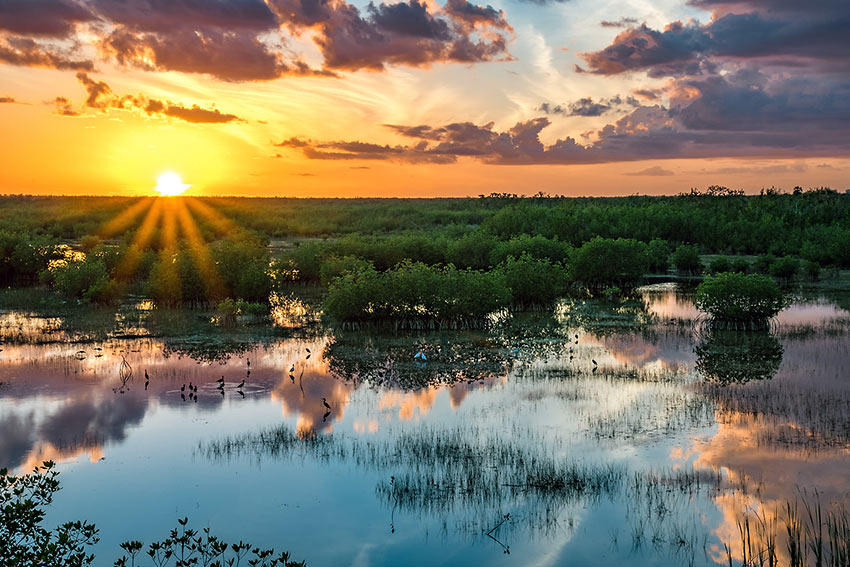
My family didn’t exclusively drive West. Other child memories I’d like to refresh and share include the Everglades, and the underwater views of the coral reefs along the Florida Keys. These destinations seemed exotic to a boy from Kansas. Because they were exotic. Driving east one Spring, we took in “the educational” in a DC adorned with blossoms, leaving impressions that might have later helped draw me to the city where my family resides.
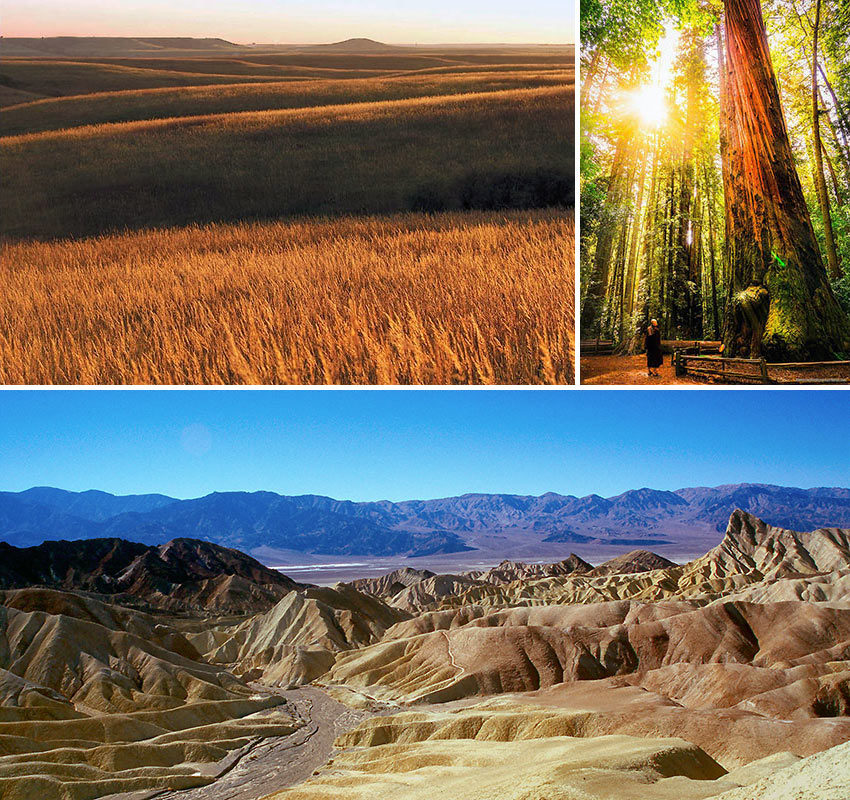
Beyond the grand repeaters, framed this time with a whiz-bang camera, locales I wish for include sites that will be new to me. Yosemite waits in my imagination with Ansel Adams. California’s skyscraper redwoods, with my hopes that climate-induced fires won’t imperil them. I’d like Death Valley to be well-bathed in rain so I can see a big Spring flower desert bloom. Hiking and biking through some of the canyons in Utah that look so surreal. I’m not a snob for elevation, I’d like to see how the Kansas Tall Grass Prairie has grown, and visit deserts like the Sonoran.
As I write this, I realize my parents also had bucket lists, with me lucky to help fulfill parts. After Dad died Mom lived with us in DC until she passed away at 101 1/2. Nothing excited her more than getting in the car for any trip, anytime, anywhere.
During the microbe onslaught, everything got relative fast. Over the last year, when they could cobble time for a break, I took my kids on local road trip explorations, appreciating the poor man’s Rivieras in state parks and coastal areas, the valleys by the Blue Ridge, a scenic winery, etc… Anything for relief from online study rigors and pandemic isolation, to break up the scenery as best one can do in two or three days or even just a day trip. I just took my son to Solomon’s Island, MD, catching roadside attractions along the way like the northernmost cyprus swamp, (who knew?).
One is never stuck for a place to go as long as the wish list is any trip, anytime, anywhere.
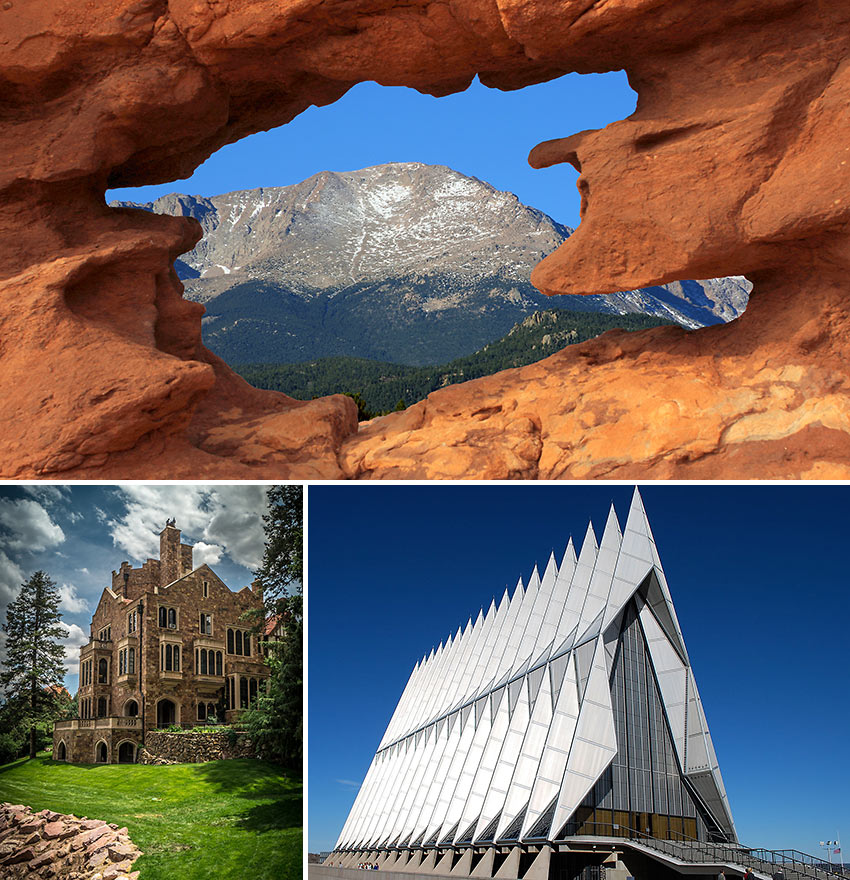
Arthur Lim — IT Professional:
Colorado Springs, Colorado
Following the arrival of railroads beginning in 1871, Colorado Springs’ location at the base of Pikes Peak and the Rocky Mountain made it a popular tourism destination. The Summer of 1975 was when I visited Colorado Springs, but that was a while back and am primed for a revisit. Aside from the many mountainous streams, two places of interest stood up in my mind: the Glen Eyrie Castle, and the United States Air Force Academy. Glen Eyrie Castle is a Tudor styled castle built by General William Jackson Palmer in 1871. He founded Colorado Springs. The United States Air Force Academy is nearby. It houses a beautiful interdenominational chapel and has an overall futuristic feel.
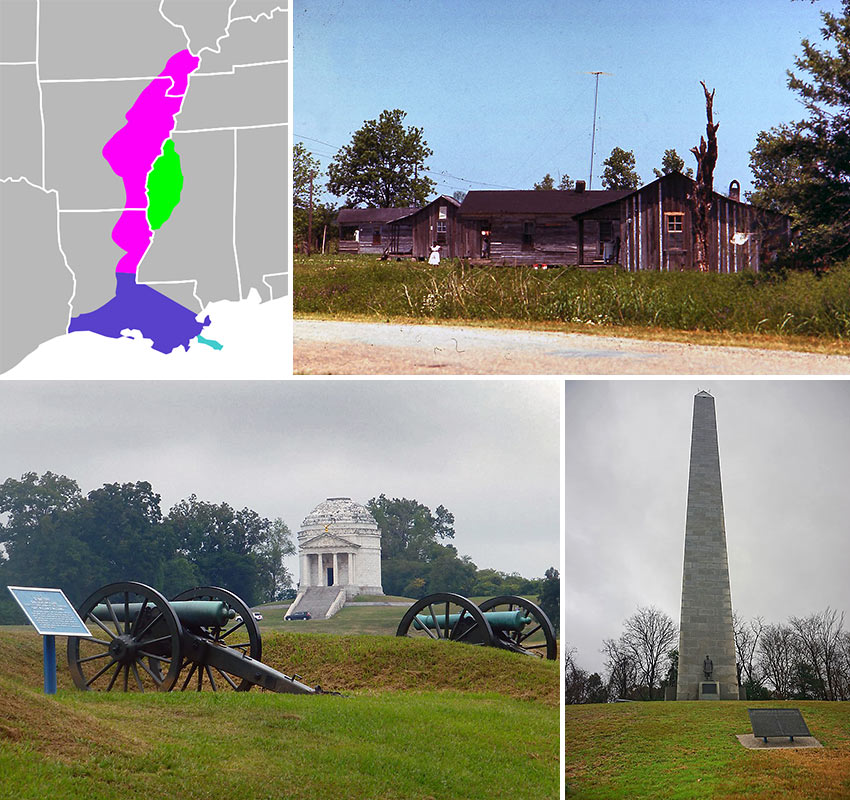
Roy Endersby — Philosopher:
The Mississippi Delta: Birthplace of the Blues and Vicksburg National Military Park
In a New Orleans rental car I traveled through Louisiana’s Cajun Country for lunch in Houma at Abear’s Café; a Cajun and Creole mom & pop café, famous for their specialty: alligator piquant and potato salad. The café’s founder, owner, chef and Houma native, Albert “Curly” L. Hebert ( (1933- 2017) politely shuffled around us, expressing concern that the dish might seem rather funny to us Yankees, before proudly proclaiming that the very dish won an award at a county fair. The next two nights it was Lafayette (pronounced ‘Laugh-yet’) for a little Cajun and zydeco flavor, and then Breaux Bridge; the crawfish capital of the world.
My time was limited in Mississippi, so my final destination was a night in Natchez, home to one of the largest collection of Antebellum (“pre-Civil War”) mansions, with many open for tours. The next morning, I decided to forego the tours and simply bask in the enchanting ambiance of a Natchez park, hanging high on a bluff overlooking the Mississippi River. I had a long and taxing day ahead of me; driving to New Orleans for a flight back to L.A. would be tiresome. I measured the distance on my map, and noticed I was close to both the Mississippi Delta and Vicksburg National Military Park. With more time allowed, I would have adored a ride further up the Natchez Trace Parkway to the Vicksburg National Military Park. And then, further out, Highway 61 would take me to the holy grounds of the Mississippi Delta. Once home to Muddy Waters (McKinley Morganfield), and singer-songwriter and guitarist, Robert Johnson, considered since the 1960s as a maestro of Delta blues and an important influence on many rock musicians. Yes, they are gone today, but their spirit and music lives on.
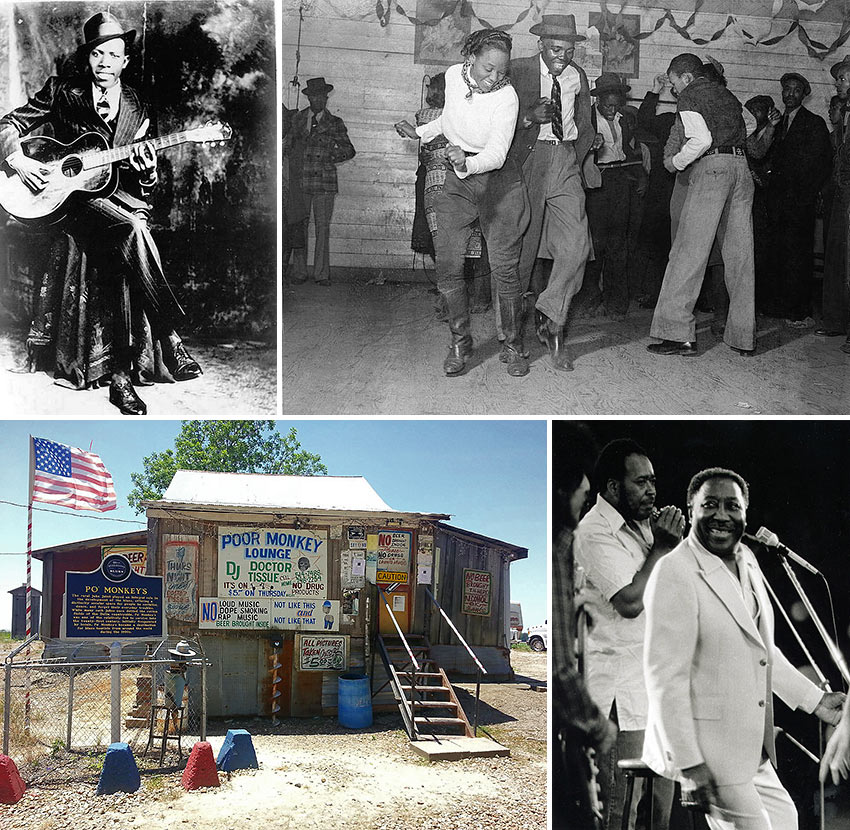
The Mississippi Delta
About an hour south down Highway 61, you’ll find Clarksdale, Mississippi — better known as the Blues Crossroads. Legend has it that’s where Robert Johnson sold his soul to the devil. Visit the Hopson Plantation and spend the night at the ShackUp Inn. The evenings are filled with blues at Ground Zero, Red’s or the Juke Joint Chapel. An amazing cultural and musical emersion you’ll want to experience again and again. Robert Nighthawk, Sunnyland Slim, James Cotton, Chester Burnett (Howlin’ Wolf) Bukka White, Sonny Boy Williamson II, Big Bill Broonzy, Carey Bell, Tommy Johnson, John Lee Hooker, Charley Patton, Son House… some made their names in Chicago, some made their names in the South, but all were born in Mississippi.
— T.E. Mattox, Traveling Boy’s Blues Aficionado
Birthplace of the Blues
Courtesy Visit the Delta
The Delta blues is one of the earliest styles of blues music. It originated in the Mississippi Delta, a region of the United States that stretches from north to south between Memphis, Tennessee, and Vicksburg, Mississippi, and from east to west between the Yazoo River and the Mississippi River. The Mississippi Delta is historically famous for its fertile soil and the poverty of its farm workers. More famous blues musicians have come from this area than any other region (or state for that matter) combined. Today, you can still feel that authentic vibe of Mississippi Delta blues history.
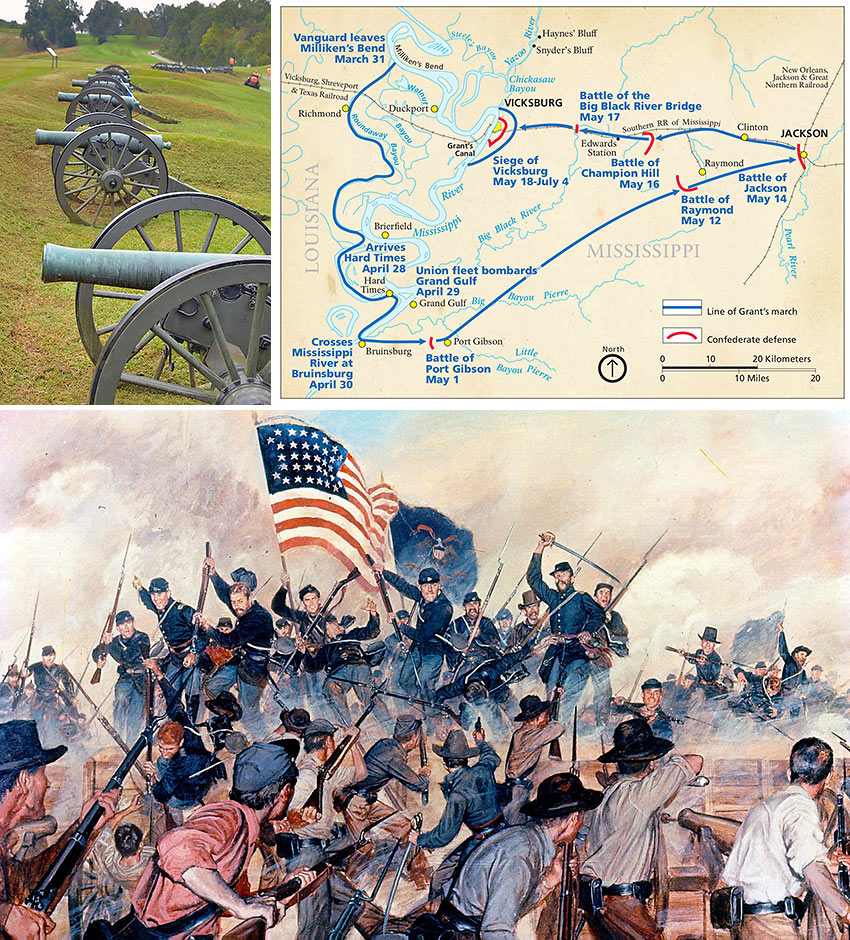
Vicksburg National Military Park (U.S. National Park Service)
Courtesy Vicksburg National Military Park
Gibraltar of the Confederacy
Confederate President Jefferson Davis remarked, “Vicksburg is the nail-head that holds the South’s two halves together.” At the start of the Civil War, Confederates controlled the Mississippi River south of Cairo, Illinois all the way to the Gulf of Mexico. With its valuable commercial port and railroad hub, the city was of tremendous importance. From points west of the Mississippi River, men, food, salt, and weapons, funneled through Mexico, made their way to Vicksburg and Confederate armies in the West.
READ MORE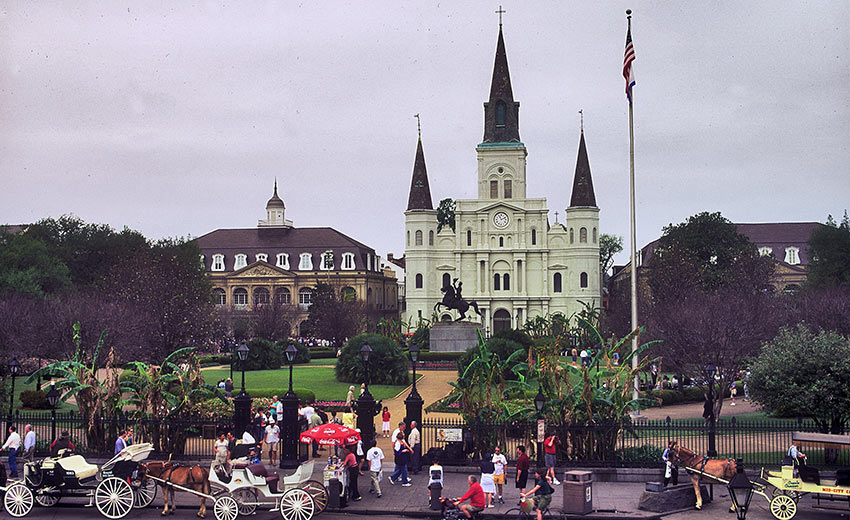
Gitta Kroon-Fiorita of Connecticut — Owner at Kroon Communications, LLC:
I am always drawn to places I have not been and New Orleans is high on my bucket list.



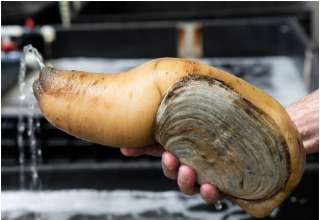

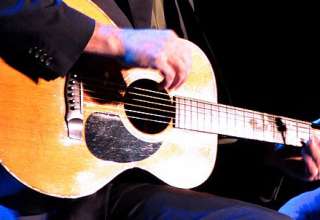



















Kenny
April 5, 2021 at 10:58 am
Dear Ed,
I enjoy your series of TBoy’s Society of Film & Music. I get to know and appreciate things coming from different traveling experts. I would like to visit all of these places and taste their food and their music when the pandemic restrictions ease up.
This may seem like a sill question but why do they call Minneapolis and Saint Paul Twin Cities?